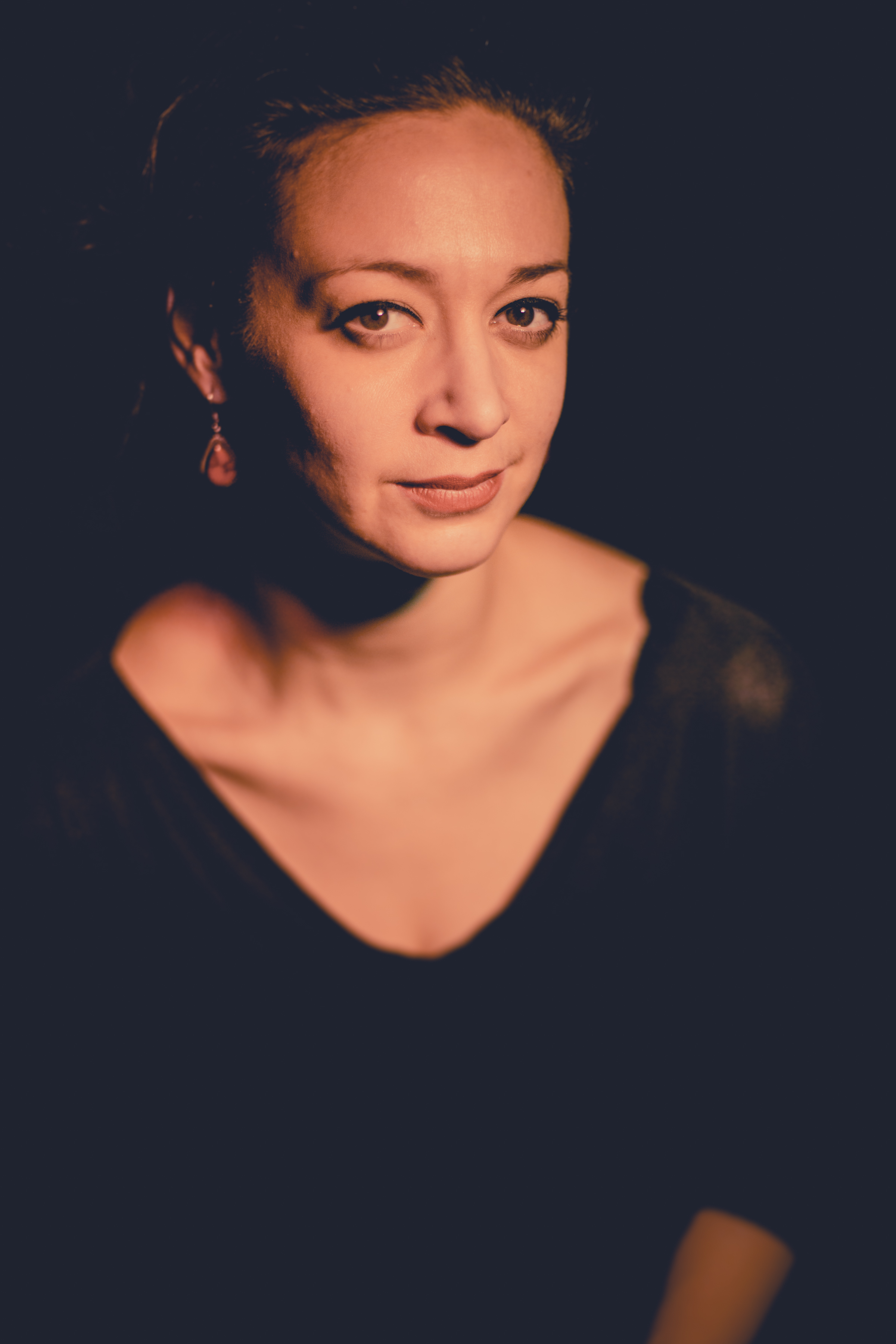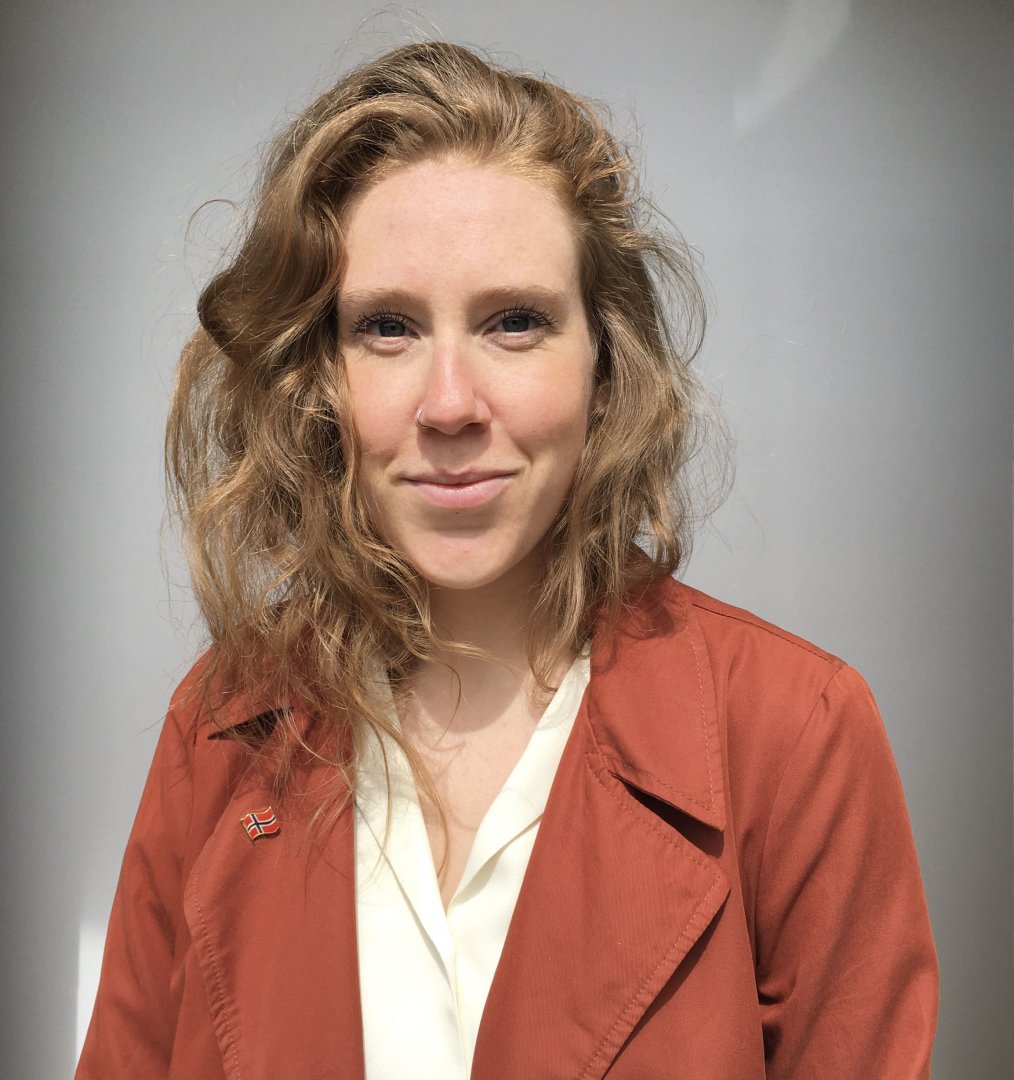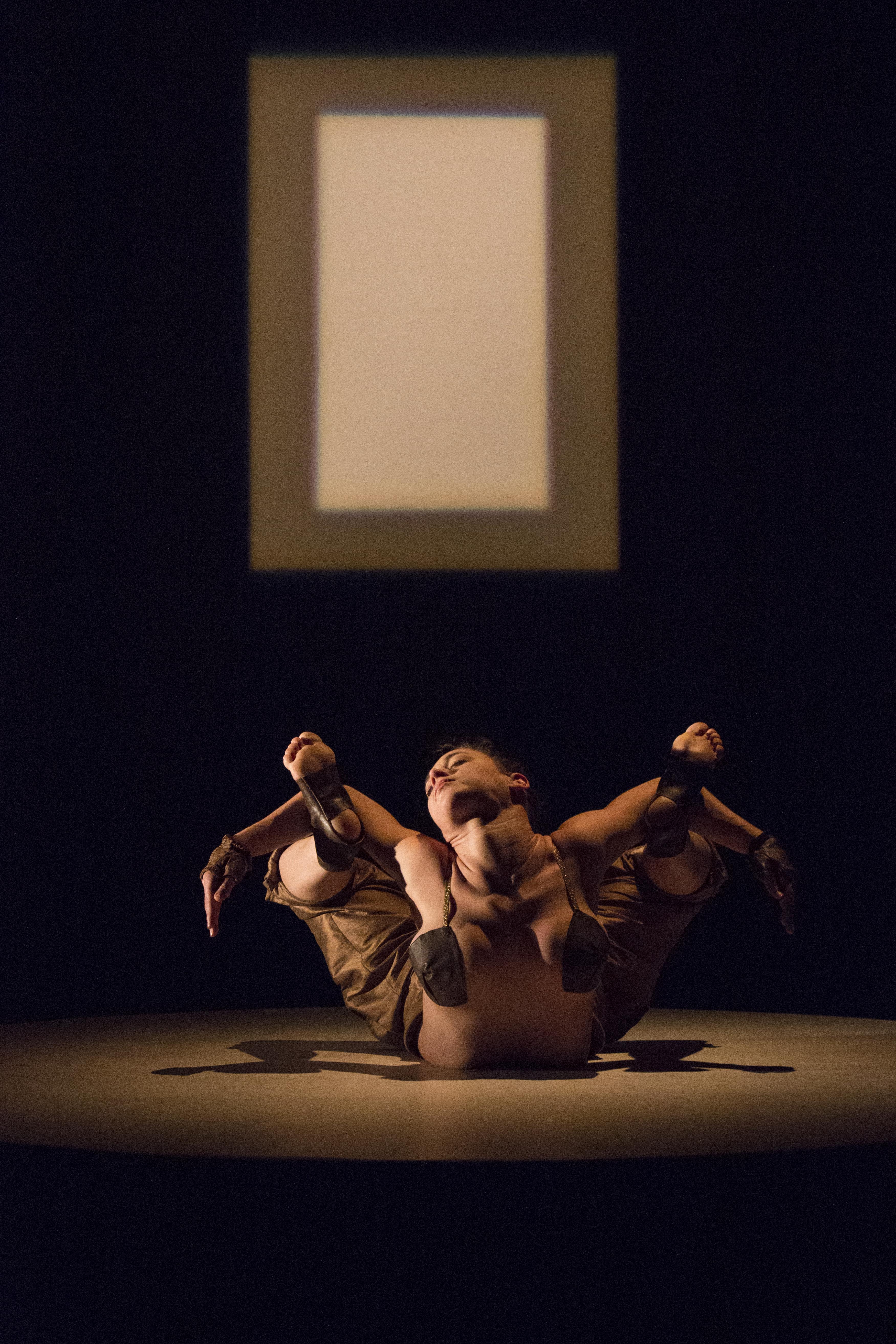
Contortion: Opening, amplitude and movement of the spine
« Very good teacher-will do it again. »
Duration: 3 hours per day x 5 days
Being a contortionist does not mean being flexible. It is an accessible body technique that can be learned, worked on and developed over time. There is no secret. Contortion is a hyper-consciousness of the body's inner sensations and an intimate dialogue with its limits - its allies. In a constant dialogue with one's own body, contortion seeks to open rather than bend it. Without ever pushing back its limits, we will learn how to collaborate with them, in a total respect of the body.
In order to demystify the movement and amplitude of the spine, this workshop is for all body artists who wish to improve their flexibility; discover a new body technique; have new tools to integrate their flexibility into their practice; develop confidence and knowledge that will allow them to venture into a particular and specific work of the spine; start a new journey into the inner sensation of their body and open themselves to a new approach to it.
These classes will be based on specific active flexibiity and stretching exercises. We will listen to and serve the body in order to address posture and endurance and explore the possibilities of its amplitude.
This workshop was given
Festival Lila López (San Luis Potosí), Festival Fabbrica Europa (Florence), Studio 303 (Montreal), Centre des arts de la scène Jean-Besré (Sherbrooke), Contemporary Circus Arts Festival of Toronto (Toronto).
Acrobatic dialogue
Duration : 3h par jour x 5 jours
For some time now, we have been hearing about circus dramaturgy. But in order to write the circus, one must also be able to read it, decode it, and understand its system.
This workshop, both physical and participatory, aims to encourage dialogue between acrobats by making their circus discipline "speak" through movement. It will include teamwork workshops, practical exercises, improvisation and discussions.
The themes covered will be:
- Questioning the dramaturgy and writing of circus through its technique
- Open the acrobat to different possible interpretations of the circus technique.
- Deconstructing Circassian language for the discovery of a new physical vocabulary
- To question the gap between the perceived and lived experience of the acrobat and the spectator.
- To observe the birth of possible dialogue in this space between two, between bodies, disciplines and spaces.
The sessions will begin with an in-depth warm-up, in order to open a first inner dialogue. Then, participants will question, explore and deconstruct the prowess by reversing its codes, playing on its rhythms and angles of presentation. The trainer will lead them to deterritorialize the danger that inhabits them, so that the prowess becomes a material, a tool. The aim of this first work is to open the acrobat's inner awareness of the different possible interpretations and then to go to meet the other through the prowess. Then, within improvisation exercises, the participants will create encounters. Based on these encounters, they will analyze the different readings and possible interpretations: both those experienced and those perceived.
Finally, the training proposes a reflection on how to define one's art, which will help circus artists to articulate their artistic approach orally and in writing.
This workshop was given
En Piste - Regroupement national des arts du cirque (Montreal), Contemporary Circus Arts Festival (Toronto), La Gata Circo (Bogota), La Grainerie (Toulouse), La Central del Circ (Barcelona)
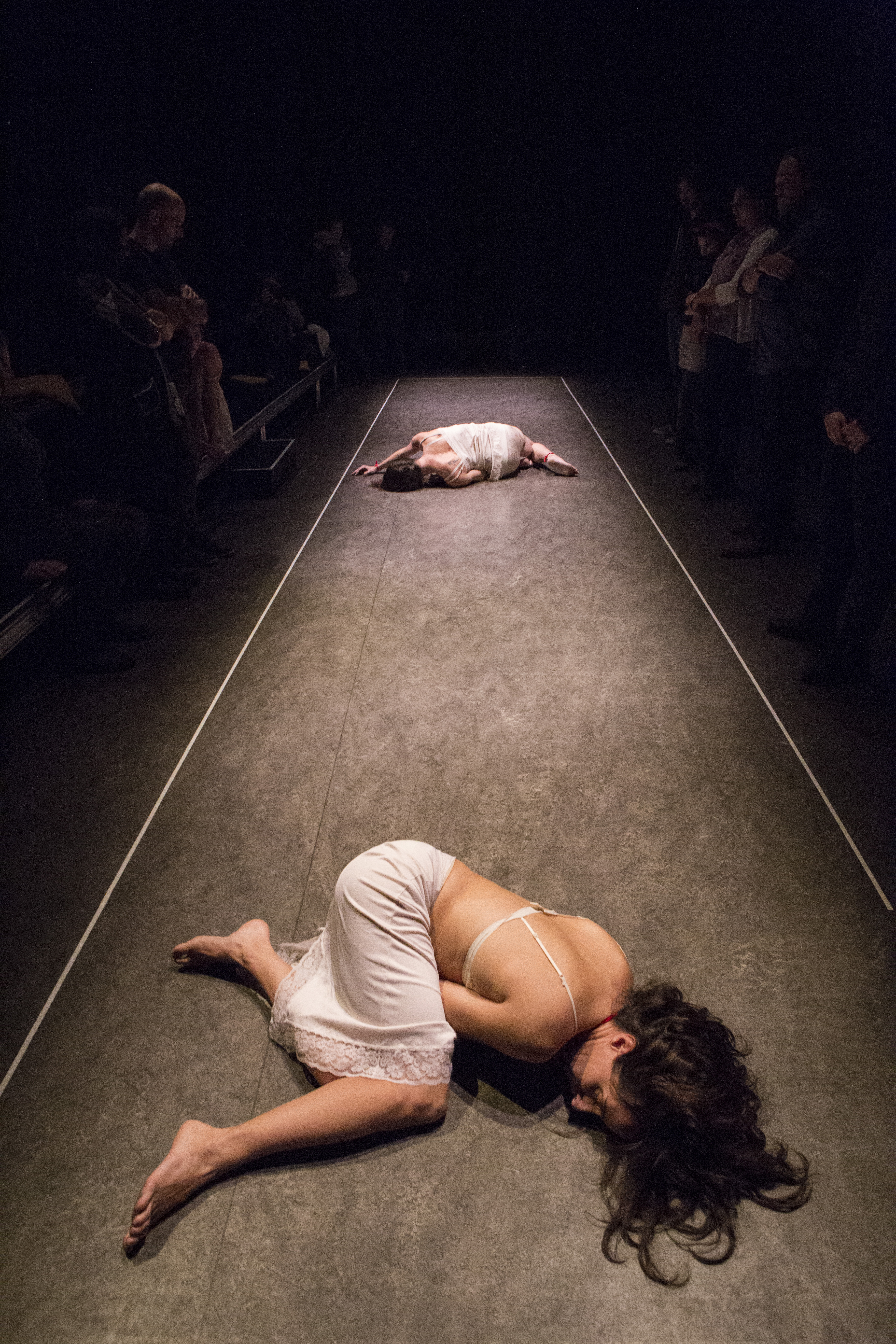

CIRCUS – Writing in the In-between
CIRCUS – Writing in the In-between
Duration: 3 hours per day x 5 days
This bilingual workshop led by new body practice artist Andréane Leclerc focuses on the different circus interpretations and writing within an interdisciplinary process in the performing arts. Too often, the circus is simply slipped into a performance context, inserted into a creation, or juxtaposed with other disciplines. Its multiple constraints, among other techniques and the peculiarity of its language, often make it difficult to write for the stage, to engage in interdisciplinary dialogue and, by extension, to carry out research and creation processes. This is because the questioning of the circus form to make it a malleable material for stage writing is fundamentally perilous because it carries a real risk. How can we reflect on the circus as a subject within an interdisciplinary creative process? How can the circus be brought into dialogue with other disciplines in the creation of a new language? How do we get out of a binary logic between two disci- plines and what do we observe within this in-between zone? What new dramaturgical possibilities are emerging? This is a space for reflection, exchange, dialogue and creation in order to target and better understand the issues inherent to the circus and then open up and exchange on different visions and possible interpretations. As a creative laboratory, it aims to break the hierarchy of stage languages to
create new forms originating at the heart of all these disciplines. It is an invitation to develop a practice of active listening, of sensitive dialogue, and of diving into the heart of unknown zones, in this "in-between" and porous space that connects. This training course is intended for creative artists from all disciplines with an interest in circus arts, interdisciplinary creative processes and contemporary dramaturgy. Topics covered:
- Making the difference between multi, inter-disciplinary
- Look for disciplinary porosity
- Distinguish the lived from the perceived and articulate its circus vision
- Circassian dramaturgical issues
- Contemporary Dramaturgy
- Scenic composition
- Common language
This workshop was given
Playwrights Workshops Montréal, En Piste - Regroupement national des arts du cirque (Montreal),
(Dis)articulating your artistic approach, with Andréane Leclerc and Myriam Perraton-Lambert
(Dis)articulating your artistic approach, with Andréane Leclerc and Myriam Perraton-Lambert
Duration : 3h par jour x 5 jours
How to reflect, circumscribe and write your artistic approach? To articulate is at the same time to organize and structure one's thoughts, and to share and formulate them. (De-)articulate means allowing oneself to do so in an inventive way so that this process of putting into words reflects the singularity of one's vision or practice. This training offers circus artists and designers a space for exchange, reflection and writing about their artistic approach or a creative process related to these few questions:
What are the first questions to ask oneself before starting to write? How to be precise and synthetic in one's subject, without locking one's project or vision under any label? How to define one's vocabulary? What are the founding pillars of your approach or of a particular work? What aspect(s) of your approach makes you singular? How can you adapt your discourse and your vision to different communication platforms without betraying its essence?
This workshop was given
En Piste - Regroupement national des arts du cirque (Montreal)
